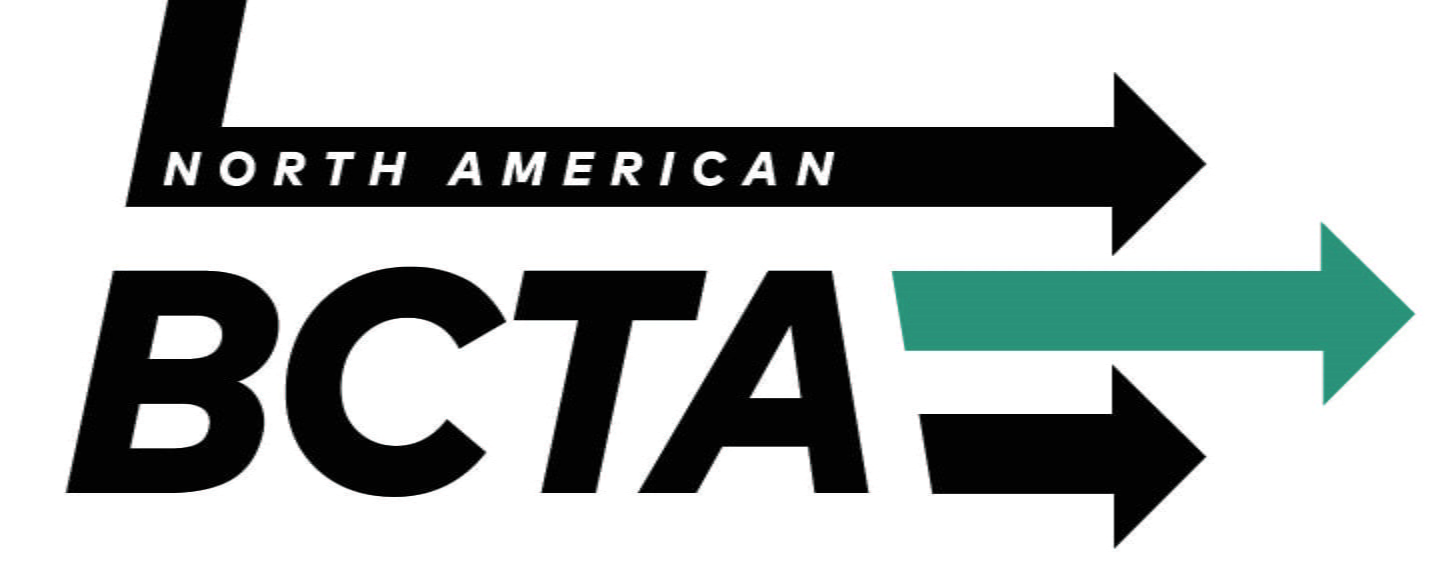
You Complete Me (said the WRB to the Self Forming Flashing) by Bill Coltzer, Jr.
We may finally be getting beyond that time in life where designers and builders just throw up a WRB (what we used to simply call a vapor retarder) on a wall and expect it to perform just by virtue of it being there. We are not there yet, but organizations such as The International Code Council (ICC), International Institute of Building Envelope Consultants (IIBEC), and the North American Building Compliance Commissioning Association (NABCTA) have a consistent message that can be summed up as “thou shalt not seal to cladding”; weather seals cannot be established at cladding. Caulking that closes gaps between penetrations and cladding materials (i.e. siding, stucco, brick, etc.) are merely beauty seals; weather seals occur at the drainage plane (behind the cladding) between the WRB and the penetration (i.e. window, door, louver, conduit, pipe, etc.). Often times, the placement of the weather seal on the penetration (such as storefronts and curtainwall) is not negotiable and as such the WRB must travel to the weather seal so that they can be “married” (terminated). WRB’s take many different forms from fluid applied, to wraps, to self-adhered membranes, but one thing that they all have in common is that they require a substrate. If the weather seal of the penetration is not in line with the WRB, then we need a way to form a bridge between the two (no, we are not going to tape to a commercial window, we do not have the minimum bonding surface after the 90 degree bend). Even when a penetration is in line with the WRB there are still challenges related to UV exposure and compatibility of the WRB and the weather seal sealant. It is going to cost more, but you are going to need a rigid flashing (such as sheet metal) or in some cases an ETA (Engineered Transition Assembly).
This is where things go sideways. Even though the International Building Code (Chapter 14) has required that the WRB be flashed out at penetrations since the 2000 edition, we still see projects where there are no flashings and without flashings the WRB is not complete. It is amazing how few manufacturers acknowledge that their WRB will require companion products that they do not provide.

If you are the waterproofing contractor, listen up. Even if the flashings are not shown on the drawings, you (along with the GC/CM…but mostly you because you signed a one-sided contract with the GC/CM) can be liable for damages related to an incomplete WRB. Your agreements require that you build to code and without flashings you have not installed the WRB “to code” (at least not with regard to the IBC). But it is not a WRB you say…it is an “air barrier”! Nice try. Those need to be properly terminated as well…and if your air barrier is on the sheathing, it is also the WRB. See the February newsletter. I promise you that those flashings (even the stainless-steel ones) are less expensive than me and a lawyer so don’t fight this. Oh yeah, and your product is behind the brick, stucco, siding, you name it…and you get to pay to remove and replace those goods so that the flashings can be installed. Hire that consultant pre-construction and welcome any performance testing. It is the cheapest (most best-est) insurance you can buy.
Lastly, consider that an ugly cladding job (assuming it is properly attached) is…well, just ugly and “ugly” is not a latent defect. Cracks in stucco or gaps in siding will not be sources of water infiltration if the WRB is specified properly and installed per chapter 14 of the IBC. No amount of sealants applied to the cladding will compensate for a poor performing WRB. Yeah, I have an opinion on coatings (use ‘em all the time), but that is another rant.
Billy
Additional Info
Source : Bill Coltzer, Jr., AIA, BERM

